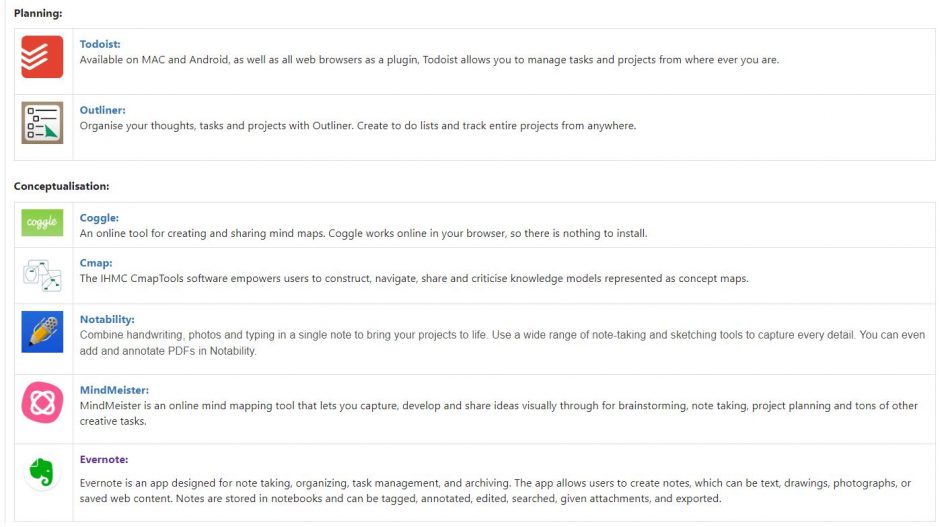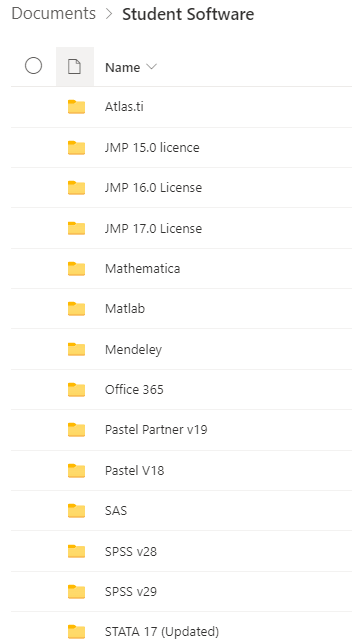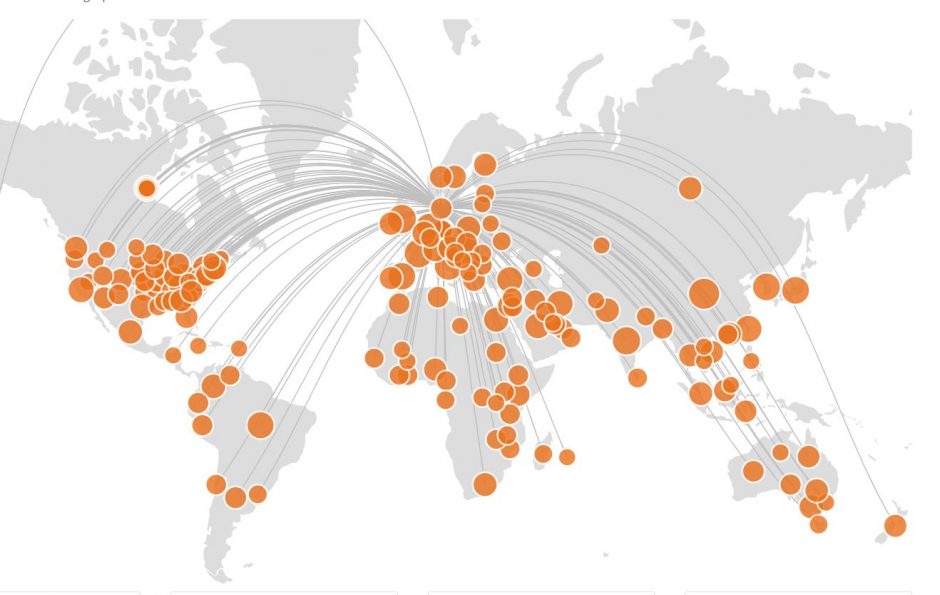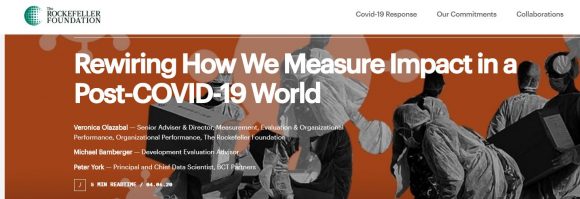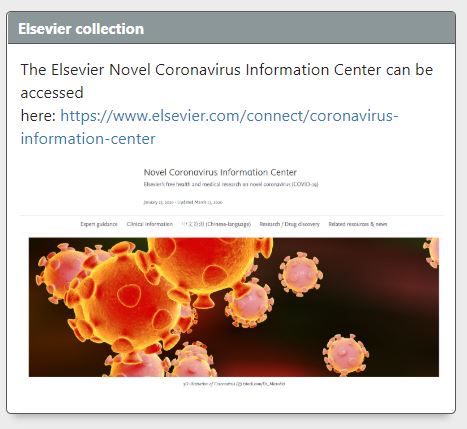A new platform for discovering and evaluating scientific articles via Smart Citations, scite, has seen the light.
Their deep learning model classifies each citation context automatically. The numbers show how sure it is of a classification and categorise it in three different contexts, Supporting, Mentioning, Contradicting.
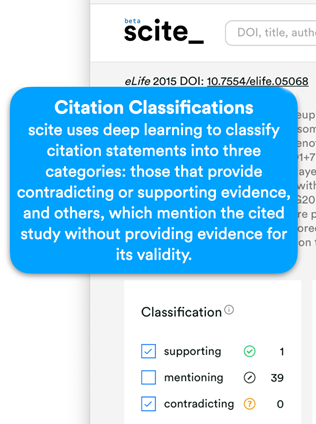
Josh Nicholson writes about how to use scite (see an extract below):
… in order to truly identify what research is reliable or not, we need to access every scientific article ever written. Fortunately, leading academic publishers like Wiley, The British Medical Journal, Karger, Rockefeller University Press, and others have started to share these with scite. Some have even started to display scite information directly on their articles.
We’re excited about the possibilities of bibliometrics to help scientists and non-scientists understand science better and would like to invite researchers to use our data (for free) to perform their own studies.
Download the Chrome extension and see this information popping up automatically while browsing scientific articles.
It is interesting to see that Eugene Garfield predicted this kind of service in 1964, in an article titled Can citation indexing be automated?
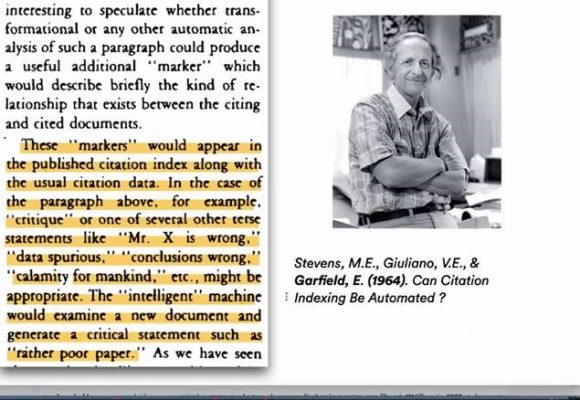
Slide from demonstration about scite on 30 June 2020, by Josh Nicholson
